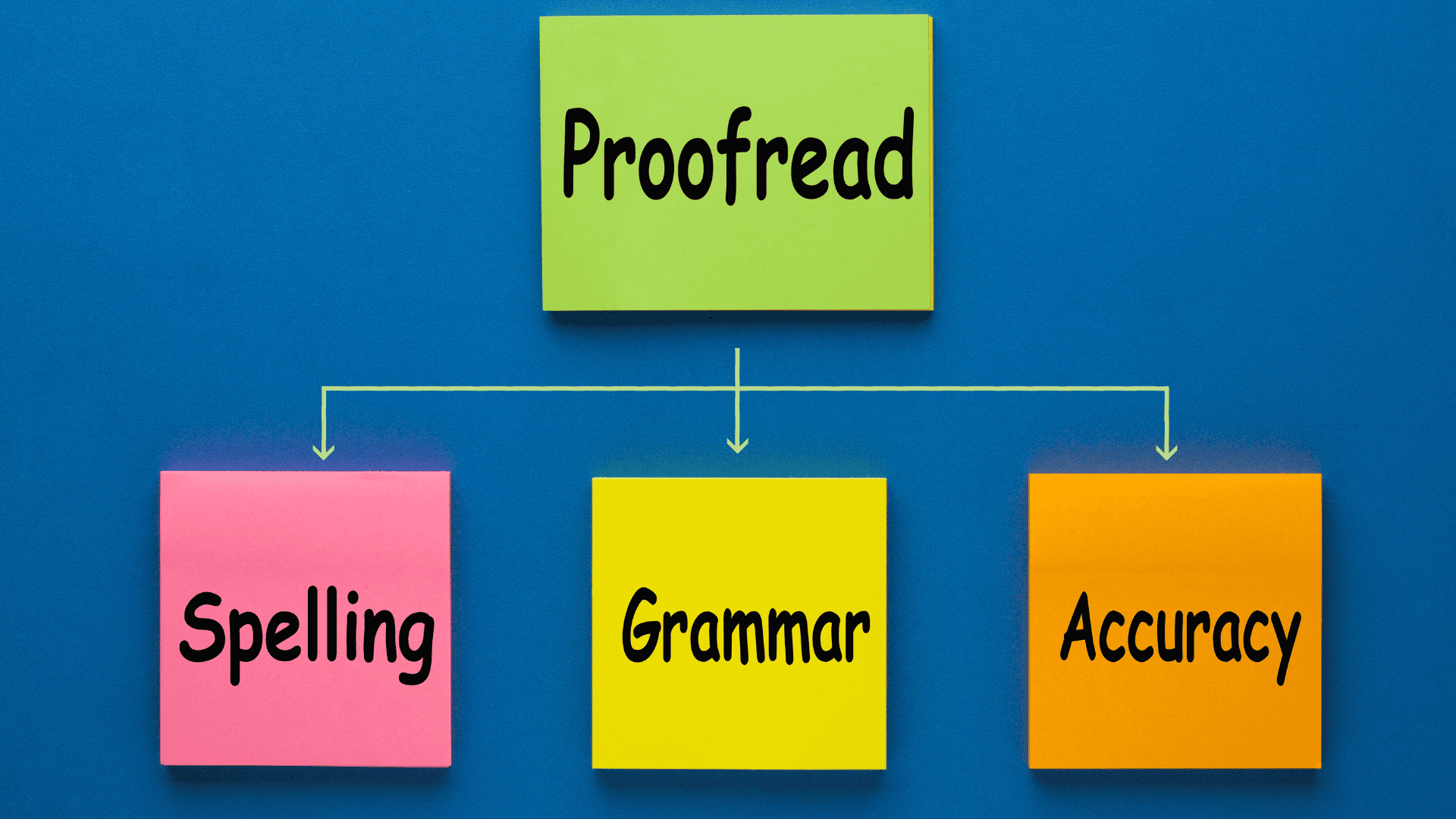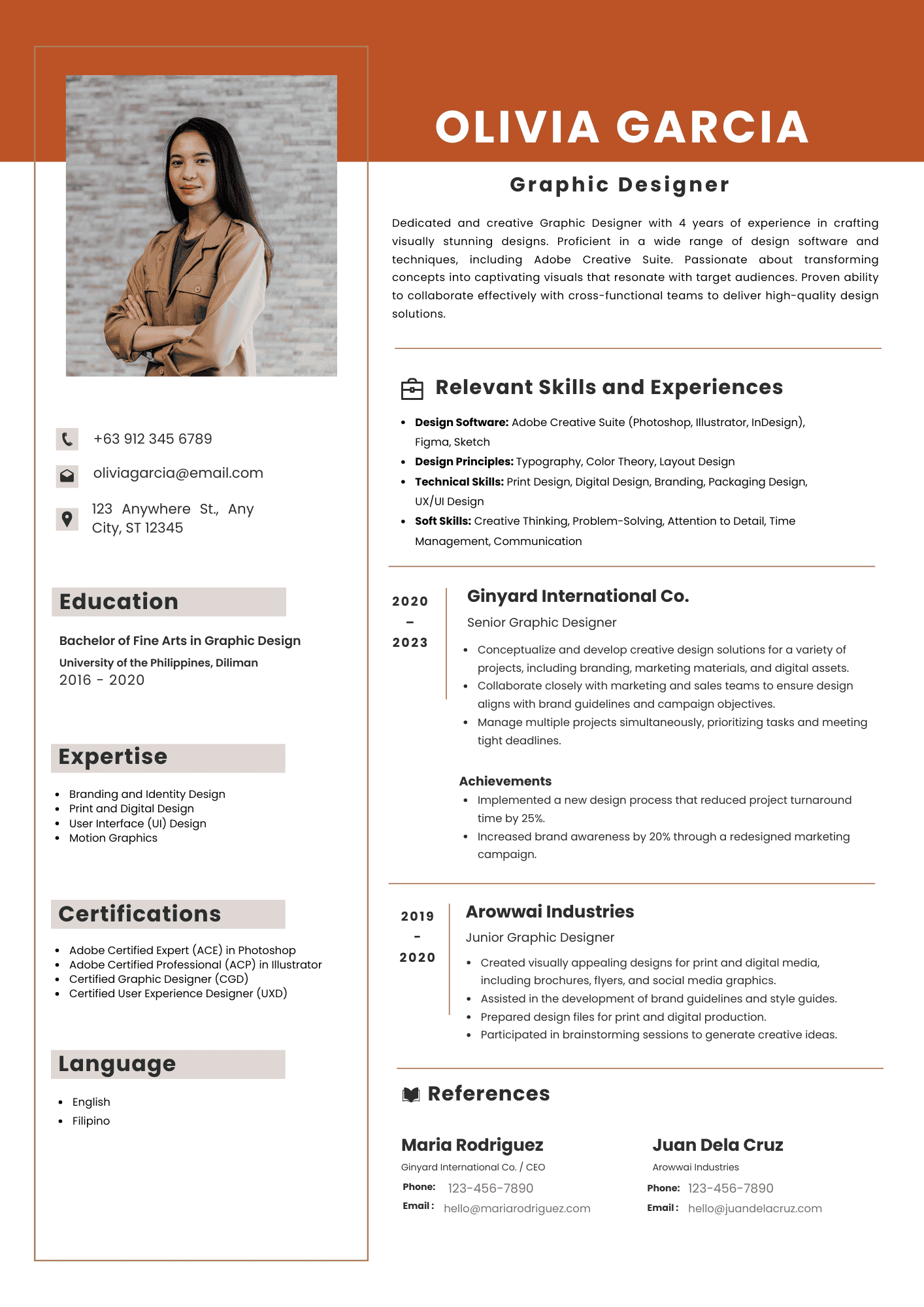BLOG
Keep up to date with the latest news
5 Things to Consider in Writing a Good CV
by Jobs360 | Job search tips

Did you know that recruiters spend an average of just 6 seconds looking at a CV before deciding if a candidate is worth further consideration? With such little time to impress, having a clear, well-structured CV is crucial to getting your foot in the door.
Your CV is more than just a document listing your qualifications and work history; it’s your personal marketing tool. Think of it as your first introduction to a potential employer, your chance to say, “Here’s why I’m the right fit for this job.” It needs to be polished, concise, and tailored to the position you’re applying for. A well-crafted CV can make the difference between landing an interview and being overlooked.
Employers today are bombarded with applications. On top of that, many companies now use Applicant Tracking Systems (ATS) to filter CVs before they even reach human eyes. These systems scan for keywords and other specifics related to the job description, so if your CV isn’t optimized or formatted correctly, it might never get seen by a recruiter. This means you need to be strategic—not just about what you include in your CV, but how to format a resume and how you should present it. By presenting your qualifications in the best possible light, you increase your chances of securing that all-important interview.
Creating a CV that stands out doesn’t have to be complicated, but it does require a bit of thought and attention to detail. Your CV should highlight your most relevant skills and experiences, be easy to read, and show potential employers why they should choose you. By presenting your qualifications in the best possible light, you increase your chances of securing that all-important interview, especially when applying for jobs in the Philippines.
So, whether you’re an experienced job seeker or a first-timer navigating the complexities of the Philippine job market, crafting a compelling CV is essential. This guide can give you more than just job-hunting tips for fresh graduates in the Philippines as this will equip you with the knowledge and tools to create a CV that truly stands out.
Let’s dive in!
1. Tailor Your CV to the Job
When it comes to crafting a CV, one size definitely doesn’t fit all. Tailoring your CV to the specific job you’re applying for is one of the most effective ways to show employers you understand their needs. While a generic CV might list your qualifications, a customized one shows you’ve done your homework and are genuinely interested in the role.
Here’s why this matters: Employers aren’t just looking for the right skills; they want someone who gets the company’s mission and goals. By tailoring your CV, you’re essentially telling the employer, “I understand what you need, and I’m the person who can deliver.”
- Analyze the job description: Look closely at the skills, experience, and qualifications the company values most. For example, if a job posting highlights “leadership experience” or “proficiency in project management software,” those should be front and center in your CV.
- Use relevant language: Match the terminology used in the job ad. This can also help you pass through Applicant Tracking Systems (ATS) that scan for specific keywords.
- Highlight achievements that align with the role: For example, if the job emphasizes problem-solving skills, include instances where you successfully overcame challenges.
- Example: “Resolved a recurring client complaint by implementing a new feedback system, improving customer satisfaction by 15%.”
A well-tailored CV makes it easier for the employer to see how you fit into their team and increases your chances of standing out from other candidates.
2. Highlight Relevant Skills and Experiences
Imagine you’re a hiring manager sorting through dozens of CVs. You’re scanning for key skills and accomplishments that match the role. To catch their attention, your CV needs to highlight your most relevant skills and the impact you’ve made in previous roles.
Start by quantifying your achievements wherever possible. Numbers make your accomplishments more tangible:
- Instead of saying, “Led a team,” say, “Led a team of 10 to complete a project two weeks ahead of schedule, saving the company 15% in costs.”
This example shows not only your leadership but also the direct results of your work, which is exactly what employers want to see.
Use action verbs to describe your accomplishments. Words like “developed,” “implemented,” or “streamlined” convey a sense of initiative and success:
- Instead of saying, “Was responsible for training staff,” write, “Implemented a new staff training program that increased productivity by 20%.”
This shift in language demonstrates your ability to create positive outcomes, making your CV more compelling.
Prioritize your most relevant experience: Tailor the order of sections on your CV based on what the employer is seeking. For example:
- If the job ad emphasizes project management, list your most impressive project management experiences near the top of your CV, perhaps in a Professional Summary or Key Skills section.
By focusing on measurable results and strong action verbs, you’ll show hiring managers not just what you’ve done, but the value you can bring to their company.
3. Address Key Qualifications
One of the most critical aspects of creating a standout CV is directly addressing the key qualifications in the job description. Employers have specific requirements, and the clearer you can demonstrate that you meet them, the better your chances of landing the role.
- Review the job description carefully: Identify the essential qualifications and make sure your CV speaks directly to them.
For instance, if the job requires cross-functional team leadership, don’t just mention “leadership experience.” Be specific:
- Example: “Led a cross-functional team of 15 members from marketing, sales, and product development to successfully launch a new product, increasing sales by 25% in the first quarter.”
This not only shows leadership but directly addresses the role’s requirements while demonstrating success.
If the position requires technical proficiency, go beyond just listing tools:
- Instead of writing, “Proficient in Microsoft Excel,” say, “Used advanced Excel functions to automate data analysis, reducing reporting time by 30%.”
This showcases your technical expertise and the value it provided.
Another example: If the job requires problem-solving skills, provide a brief but impactful example:
- Example: “Identified a bottleneck in the supply chain and implemented a new tracking system, reducing delays by 20%.”
By directly addressing key qualifications with specific, tailored examples, you’re not just telling the employer you’re a good fit—you’re proving it. This approach makes your CV more compelling and increases your chances of securing that all-important interview.
4. Use a Clear and Concise Format
Imagine a recruiter looking at dozens of CVs—yours needs to be easy on the eyes and effortless to navigate. A clear and concise format is essential to ensure that your key qualifications, skills, and experiences stand out. The goal is to make it as easy as possible for hiring managers to find the information they’re looking for. A cluttered or overly complex layout can be off-putting and may even result in your CV being passed over, no matter how qualified you are.
To start, stick to a standard CV format. A professional layout with consistent fonts, spacing, and headings is key to creating a polished document. Standard sections like contact information, professional summary, skills, work experience, and education should be clearly labeled and easy to find. Avoid complicated graphics, excessive colors, or overly artistic fonts—these can distract from the content and make your CV harder to read. A simple, clean design conveys professionalism and allows the content to take center stage.
Whitespace is your friend. Leave enough room between sections and avoid cramming too much text onto one page. This makes your CV feel more inviting and digestible. Ideally, stick to a 1-2 page limit depending on your level of experience, as hiring managers generally prefer concise CVs that get straight to the point.
When formatting, use bullet points to list responsibilities and achievements within each job experience. Bullet points break up large blocks of text, making your CV easier to scan. Remember, most recruiters spend only a few seconds scanning each CV, so using bullet points helps them quickly find the key details that matter.
Also, keep in mind that many companies use Applicant Tracking Systems (ATS) to filter CVs. To ensure your CV passes through these systems successfully, avoid excessive use of images, tables, or fancy formatting that ATS might struggle to read. Stick to a straightforward structure and use standard fonts like Arial or Times New Roman.
In the end, a clear, concise format ensures that your qualifications speak for themselves without any visual distractions. This creates a professional impression and helps hiring managers quickly grasp why you’re the right person for the job. By keeping your layout simple, organized, and easy to read, you improve your chances of standing out for all the right reasons.
5. Proofread Carefully
Your CV is often your first impression with potential employers, and nothing undermines that faster than typos or mistakes. A single error can make you appear careless or unprofessional, even if you’re highly qualified for the job. That’s why proofreading your CV carefully is absolutely essential. An error-free CV signals that you’re detail-oriented and serious about the opportunity.
Why is this so important? Recruiters and hiring managers are often scanning CVs quickly, and an error can stand out for all the wrong reasons. A misspelled word, incorrect grammar, or inconsistent formatting can make it seem like you rushed through the application process. In a competitive job market, small mistakes can be the difference between landing an interview and being passed over, especially when applying for jobs in Clark Pampanga or any part of the country.
To avoid this, start by using proofreading tools. Software like Grammarly or Hemingway Editor can help catch spelling mistakes, awkward phrasing, and grammar issues. These tools offer suggestions to improve readability and clarity, ensuring your CV is polished before you submit it.
However, automated tools don’t catch everything. It’s always a good idea to have someone else review your CV. A fresh pair of eyes can spot errors or inconsistencies you might have missed. Ask a friend, family member, or colleague to read through your CV and give honest feedback. They may notice sections that are unclear or repetitive, or even suggest improvements that make your qualifications stand out more effectively.
Another technique is to read your CV out loud. This helps you identify awkward sentences or areas where the flow doesn’t feel quite right. When you read aloud, you’re more likely to notice any mistakes that might otherwise go unnoticed when scanning the document visually.
Lastly, make sure to check your CV for formatting consistency. Ensure all headings are the same size and font, bullet points are aligned, and dates or job titles are formatted uniformly. A well-organized, clean layout reinforces your attention to detail.
By taking the time to proofread your CV thoroughly, you show potential employers that you care about the quality of your work. It’s a simple step, but it can make a big difference in how your application is received, giving you a better chance of moving forward in the hiring process.
Quick Resume Builder Tools
If you’re looking for a quick and easy way to create a professional CV, consider using one of these online tools:
- Canva: A versatile design tool that offers a variety of CV templates.
- Zety: A user-friendly platform that provides step-by-step guidance.
- Novoresume: Offers AI-powered CV writing assistance and professional templates.
- LinkedIn’s Public Profile: You can directly download a PDF version of your public profile, which can serve as a basic resume. To access this feature, you’ll need to create a LinkedIn account and build your profile.
These online tools can be a lifesaver. They offer pre-designed templates, AI-powered writing assistance, and step-by-step guidance to help you create a professional CV quickly and easily.
However, it’s important to remember that these tools are just a starting point. While they can streamline the process, it’s still crucial to personalize your CV and ensure that it accurately reflects your skills, experiences, and career goals.
Take the time to review and edit your CV carefully. Pay attention to details such as formatting, grammar, and spelling. And most importantly, make sure that the information you include is relevant to the job you’re applying for, especially if you’re targeting in-demand jobs in the Philippines.
Here’s a sample CV to give you an idea of how to structure your document:
Conclusion
Creating a standout CV is about strategically presenting yourself as the ideal candidate for the job. By tailoring your CV to the specific role, highlighting your most relevant skills and achievements, and addressing key qualifications, you’re proving to employers that you’re the perfect fit.
A clear and concise format is equally important. It not only makes your CV easier to read but also ensures your strengths shine through without any distractions. Remember, first impressions matter, and your CV is often your one shot to make a lasting impact.
Don’t forget the details. Proofread carefully to catch any mistakes that could undermine all your hard work. Using tools and getting feedback from others can make a world of difference.
Your CV is your personal marketing tool, so treat it with the attention it deserves. With these tips, you’re well on your way to crafting a CV that gets noticed—and gets you in the door for that crucial interview!
Job Search
Do you have any questions?
If you have any questions, please feel free to ask.






